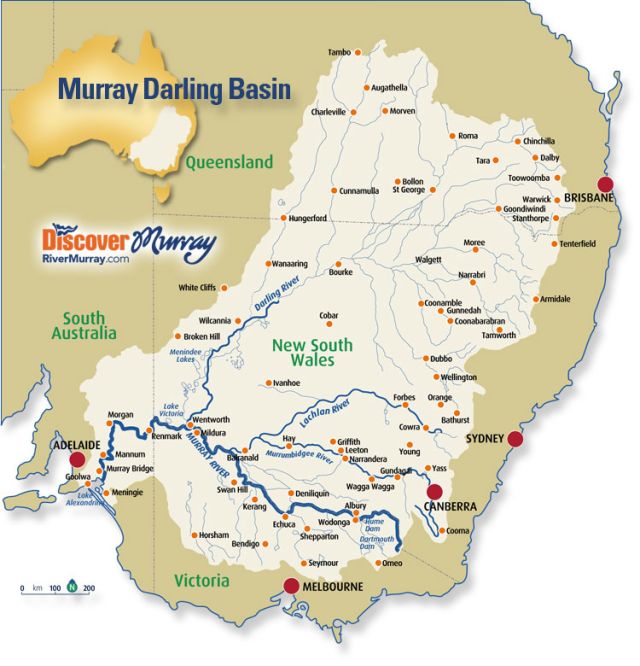
The River: A Journey through the Murray-Darling Basin
By Chris Hammer
Melbourne University Publishing 2009, $34.99 pb
Canberra journalist Chris Hammer has spent over a decade reporting on the crisis facing the Murray-Darling river system, and the communities that rely on it for their livelihoods.
To write The River, however, Hammer actually travelled from tail to tip of the river system — from Cunnamulla to Dubbo and Echuca, from Bourke to Menindee and the Murray Mouth — and witnessed first-hand a river system in terminal decline.
What has happened to the once-great Murray-Darling? As Hammer writes, “Australia's major river system is collapsing. Parts of it are dying; parts of it are already dead. Australia's most significant river no longer reaches the sea … I look out into the dim autumn light and wonder once again how it has come to this.”
The Murray-Darling basin, Australia’s breadbasket and mythical heartland, has suffered from years of competing economic and social needs, agricultural and municipal misuse, from a decade-long drought, and from the increasing effects of climate change.
Hammer guides us through town after town in the basin, noting both human and natural impacts on the river system. He tells of the over-allocation of water permits, of unpopular, cynical and ineffective government policies, of struggling farmers stubbornly sceptical of climate change, of Aboriginal survival and of the dying ecosystems that span the length of the river.
But The River is not simply a journalistic account of the decline of Australia’s inland river system. Nor is it a statistical epitaph to the area’s once-thriving communities. Part travelogue, part social history, The River is an account of the author’s experiences and impressions of the social and economic impacts of drought and climate change and of the tough, wry and sardonic character of both the landscape and its inhabitants.
It is a journey filled with laughter, sadness and nostalgia for a past long gone and still going, but imbued with a rare optimism. Throughout the communities Hammer visits, there is a stubborn desire to stick it out, to find a sustainable balance, to stay.
The story Hammer tells also suggests that even if we have more freak weather events like the recent Queensland floods that made it down the full length of the river, they will have no lasting impact unless water use patterns are changed the length and breadth of the system.
If there is no change — Hammer argues — the river system and its inhabitants may be consigned to the history books.
The River is not the first warning of the imminent demise of the Murray-Darling system and the farming communities on its banks — nor will it be the last.
Hammer has, however, given us an honest, warts-and-all, reminder of the people and ecosystems that lie at the heart of rural Australia.
It also leaves us with two pressing questions: How can the river system and its communities be saved, and can governments and farmers act in time to make that survival possible?